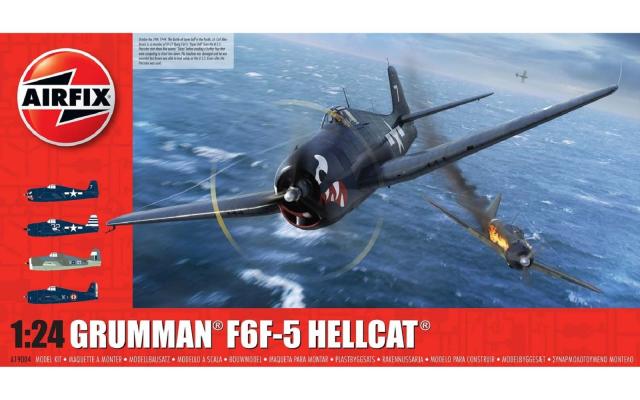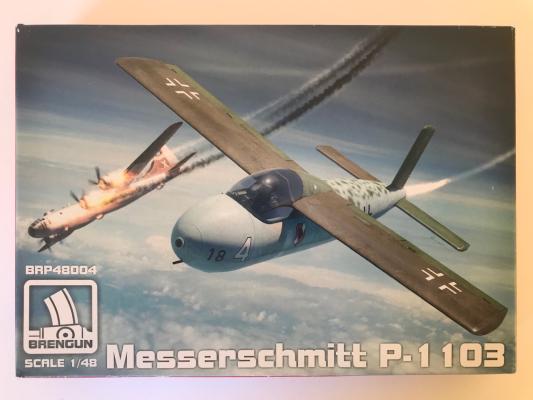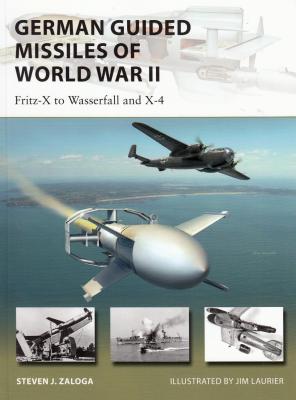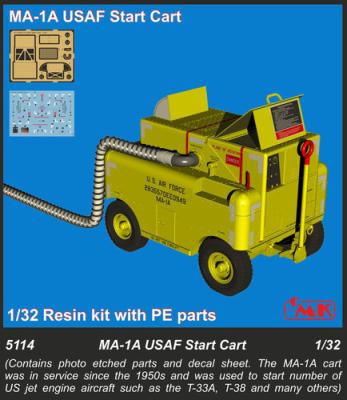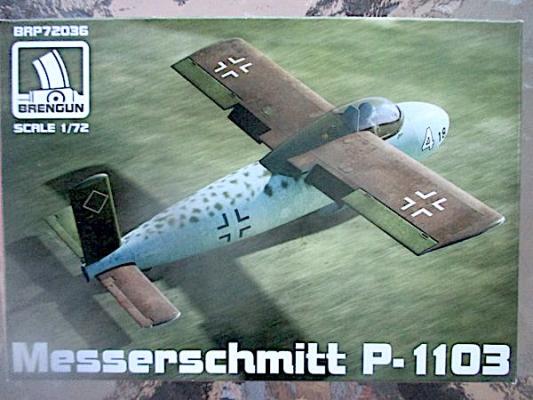With the major fuselage and wing assemblies completed in Part 1, I continued on with Part 2 of the 1/24 Airfix Hellcat F6F-5 build.
The tail planes, elevators, rudder and ailerons with their respective, movable, trim tabs were glued together with minimal problems. Make sure the elevator hinges are inserted the correct way… I got it wrong…twice!!! Luckily, the glue was still wet so I could pry the elevators open and correct my mistake….twice!!!! The instructions clearly show the correct way to install these.











